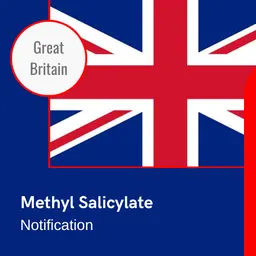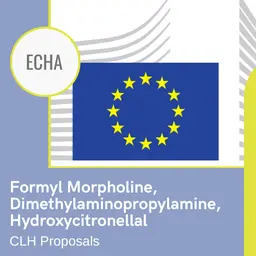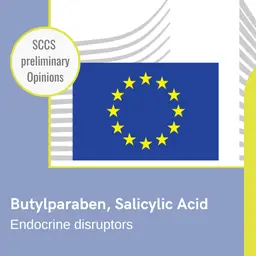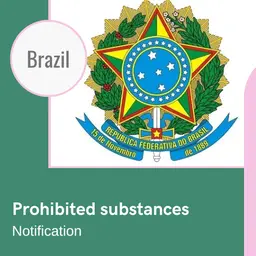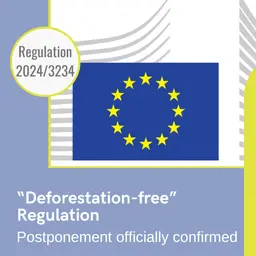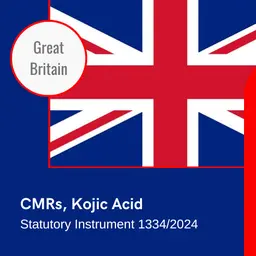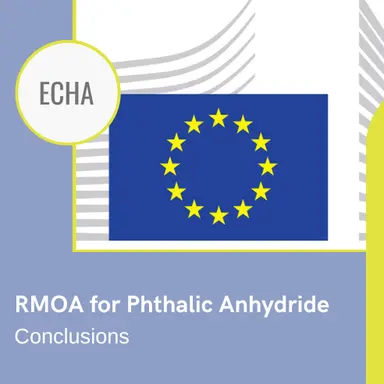
On 13 November, the European Chemicals Agency (ECHA) made available the conclusions of the Risk Management Option Analysis (RMOA) carried out by the Portuguese Environment Agency on Phthalic Anhydride. These include recommendations for restrictions.
Phthalic anhydride (CAS No.85-44-9, EC No.201-607-5, INCI: Phthalic Anhydride) is an ingredient listed in Cosing. Its function is not reported, but its properties as a plasticiser and intermediate in the synthesis of plastic resins mean that it is often used in film-forming ingredients used in nail varnishes.
It is not currently regulated by European Cosmetics Regulation 1223/2009, but is listed in Annex VI/607-009-00-4 of European CLP Regulation 1272/2008, with the following classifications:
• Acute Tox. 4*, H302 - Harmful if swallowed;
• STOT SE 3, H335 - May cause respiratory irritation;
• Skin Irrit. 2, H315 - Causes skin irritation;
• Eye Dam. 1, H318 - Causes serious eye damage;
• Resp. Sens. 1, H334 - May cause allergy or asthma symptoms or breathing difficulties if inhaled;
• Skin Sens. 1, H317 - May cause an allergic skin reaction.
The Portuguese Environment Agency conducted an RMOA on the substance to determine whether there was a need for regulatory risk management measures at EU level.
In its conclusions, it states that “a restriction under REACH requires an unacceptable risk to human health or the environment arising from the manufacture, use or placing on the market of substances. Phthalic anhydride is within …

